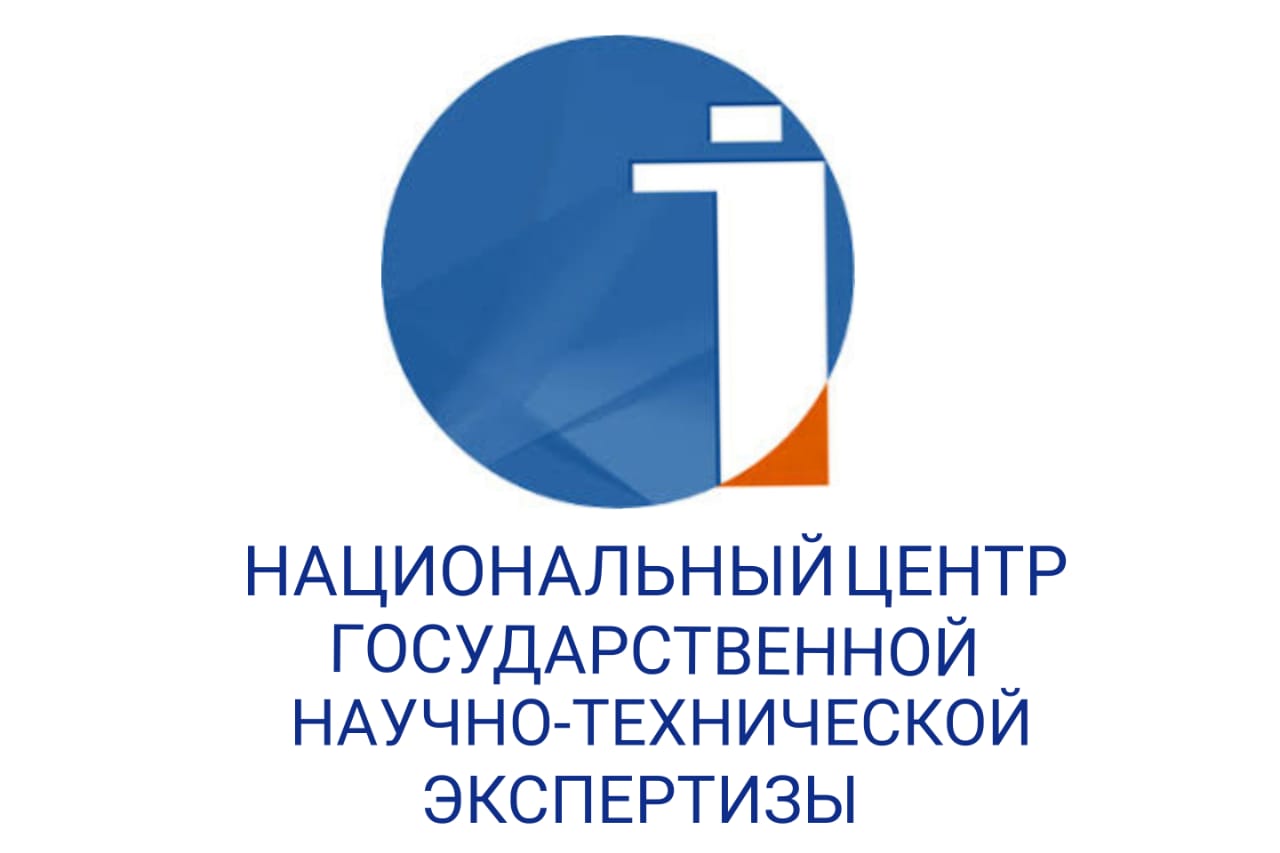ETHNONYMS IN THE COMPOSITION OF RUSSIAN AND KAZAKH IDIOMS
DOI:
https://doi.org/10.48371/PHILS.2025.1.76.005Keywords:
ethnonym, phraseological unit, semantics, translation, connotation, linguistic culture, intercultural communication, Russian language, Kazakh languageAbstract
Phraseology verbalizes speech characteristics, social and professional parameters of a person, and is used to convey the spectrum of person’s moral properties, it’s emotions and intellect.
A goal of the article is provide an analysis and interpretation of the semantics of Russian and Kazakh phraseological units containing ethnonyms (so-called “external ethnonyms”), indicating the perception of other ethnic groups in the context of the cognitive-cultural content of national conception of the world. Ethnonyms as an element of cultural heritage reflect the history, culture, traditions and characteristics of the people. Ethnonymic vocabulary requires special study due to the emergence of specific patterns within the subsystem itself. By ethnonyms we mean names that refer to nationalities, people, ethnic groups and the population of certain territories.
The scientific significance of the work is determined by the fact that we obtain quite important information about the ways where ideas about the “foreign world” exist in the minds of bearers of folk culture, because many phraseological units with the component under study have historical facts associated with contacts with other peoples, and include a listing of the characteristic qualities of representatives of other languages and cultures. The practical significance of the work is determined by the fact that the results of the work can be used in courses of lectures on translation theory, lexicology and stylistics of the Russian and Kazakh languages.
During the survey the methods of scientific description, as well as the comparative typological method, the method of phraseological identification were used.
During the study we come to the conclusion that phraseological units with ethnonyms contain significant empirical and axiological information. The possibility of functioning of an ethnonym as part of phraseological units is determined by the acquisition of additional connotations and, accordingly, new figurative meanings. Ethnonyms can also reflect and distinguish groups of people by language, religion, customs, territory of residence and other characteristics. During selection the material, phraseological units were taken into account, including ethnonyms that appeared in the language as a result of intercultural communication. Such components-ethnonyms have brevity, imagery and reflect the established attitude of native speakers to representatives of another linguistic culture. The scientific value and practical significance of this study is determined by the fact that the selected thematic group of Russian phraseological units with an ethnonym component is described for the first time in comparison with Kazakh phraseological units.








